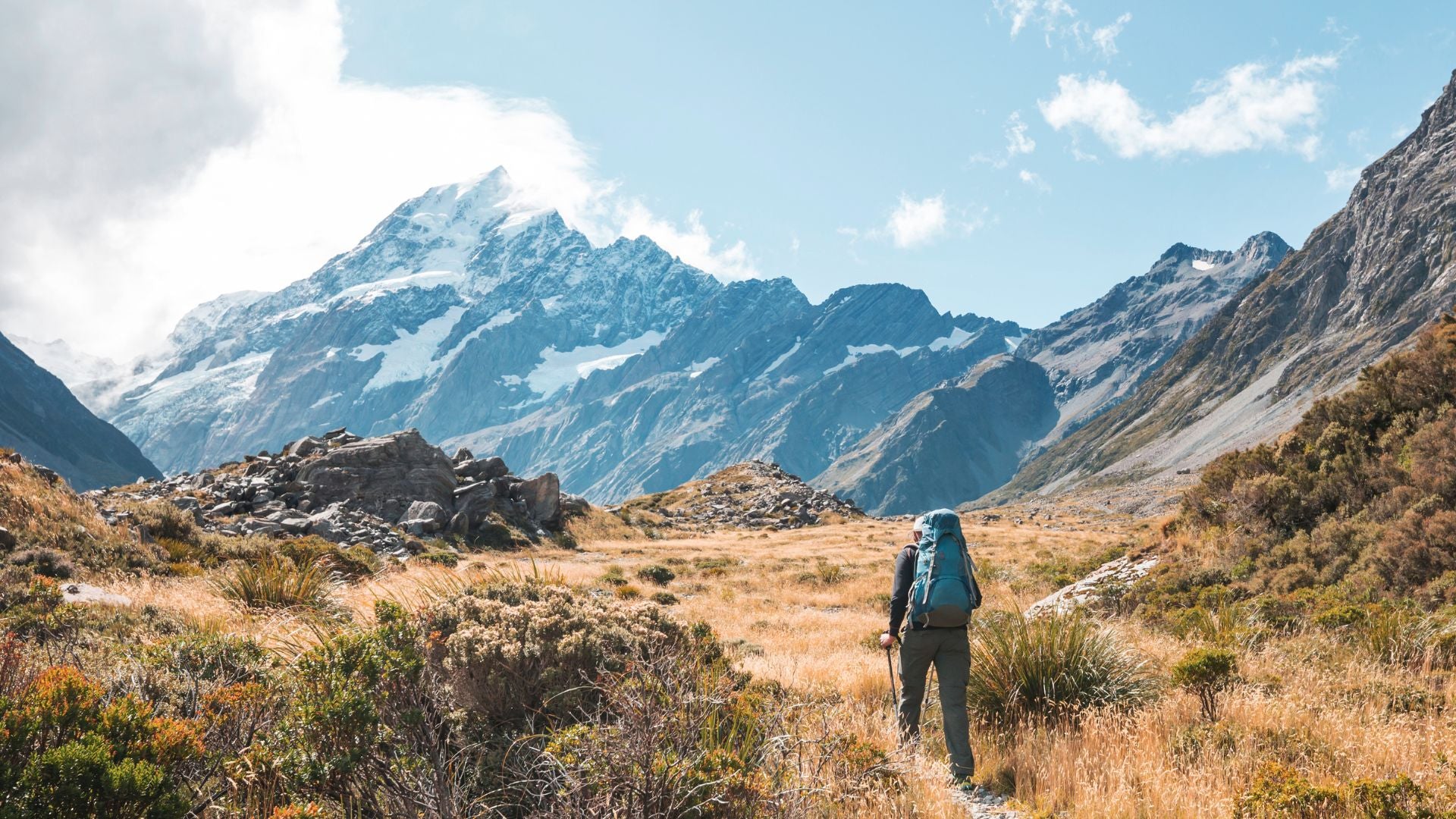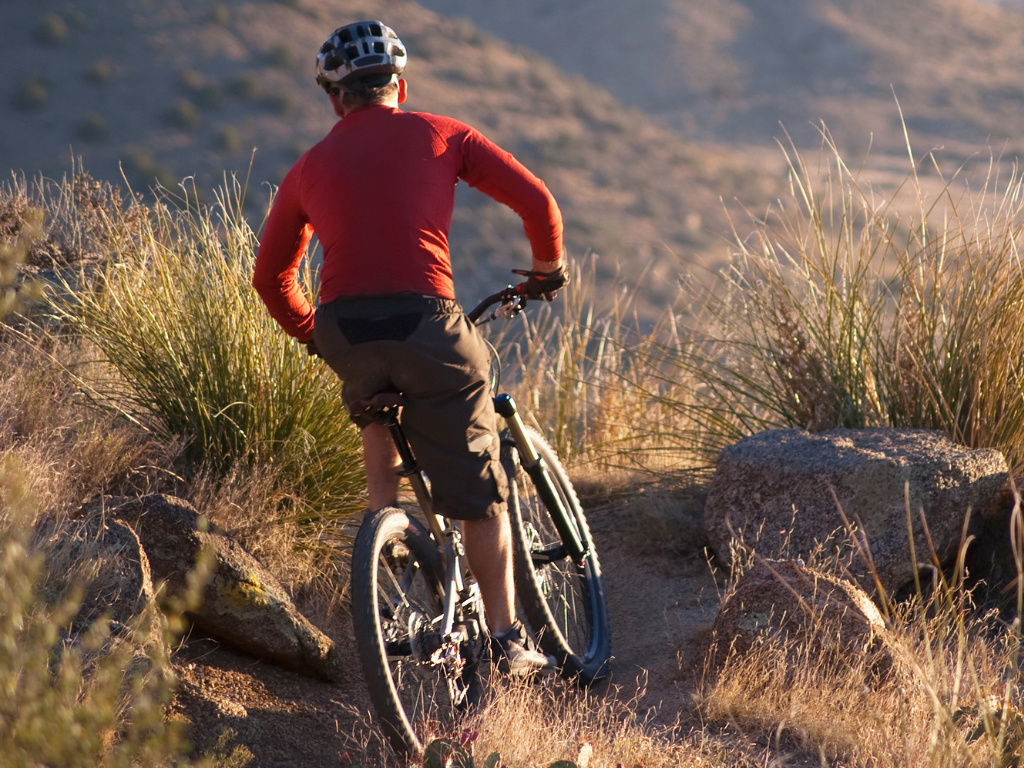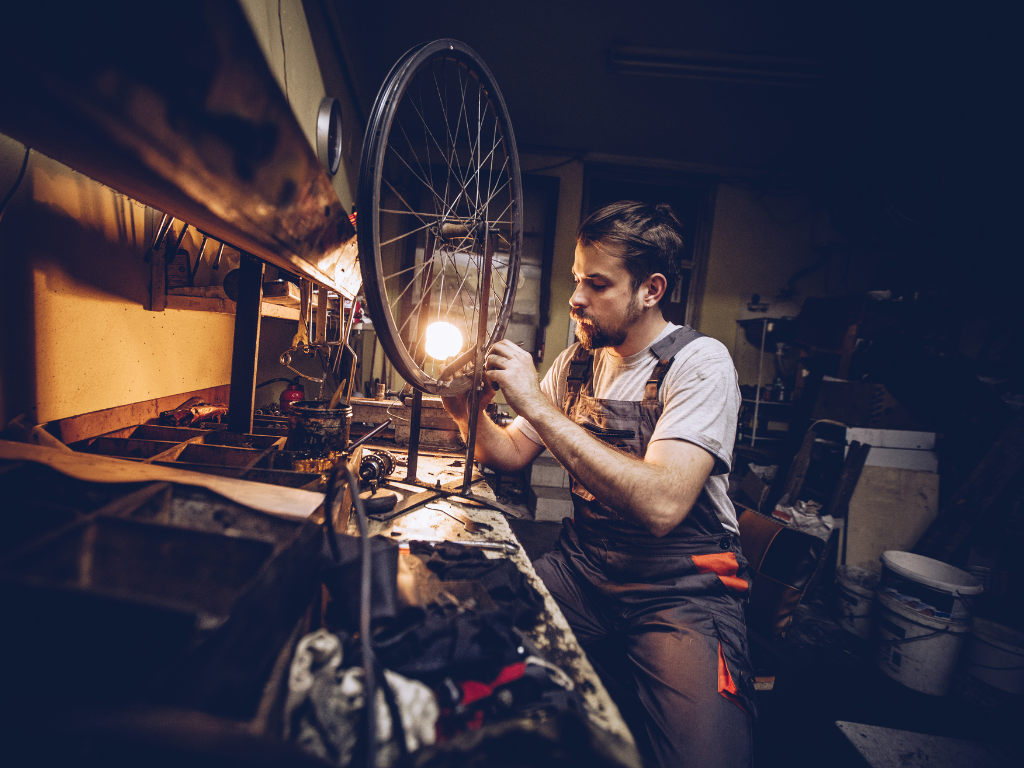
How To Adjust Your Backpack For Maximum Comfort
Even the best backpacking backpack can be a bit of a pain to wear if it’s not adjusted correctly, so here’s a simple step-by-step to help you do it right and enjoy all day long comfort while hiking on the trail.
Step 1: Test Load Your Pack
Step 2: Adjust the Torso Length
Step 3: Adjust the hip belt
Step 4: Tighten the harness straps
Step 5: Adjust the load lifters
Step 6:. Clip and fix sternum strap
Step 1: Test Load Your Pack
Start by adding a little weight to your pack. It doesn’t have to weigh exactly what it would for your hike, but the closer it is to how you’ll be using it out on the trail the better the fit you’ll be able to achieve. Now carefully swing the pack onto your back.
Step 2: Adjust the Torso Length
At Outside Sports we sell a lot of Osprey packs. Most Osprey packs feature an adjustable torso length, which is a brilliant feature that lets you to slide the harness up or down to fit your back length. You want it nice and high on your shoulders, with no gap between your back and the pack. If there’s a gap, adjust the torso length and see if that solves it.
Step 3: Adjust the Hip Belt
Once the pack is comfortably on your back, the first attachment point is the hip belt strap. Adjust this stap first as it distributes the weight evenly between legs and lower lumbar. Position the hip belt over the upper half of your pelvic bone for maximum comfort.
Step 4: Tighten the Harness Straps
The harness straps need to be pulled downwards so that the webbing on the harness is comfortably tight. While you will want to alternate some of the weight between your hips and shoulders throughout a hike, the majority of the backpack should sit on your hips where you body is much stronger. The harness shouldn’t impede your breathing or be too tight around your collarbone area.
Step 5: Adjust the Load Lifters
These straps connect the upper part of the main pack to the shoulder straps. They should be pulled forward so that pack runs straight up and down your back. The optimum angle for load lifters is around 45 degrees, and will ensure that the pack fits straight up and down on your back
Step 6: Clip and Fix Sternum Strap
The final thing to do is fasten the strap across the chest, also called the sternum strap. This strap pulls the harness into your chest and away from your shoulder joints which contain lots of blood vessels and nerves. If it’s too tight it’ll restrict your breathing, but if the sternum strap is too loose then you can end up with tingly or numb fingers!
Summary
And that’s it. Using these simple steps, you’ll have a pack that fits properly, distributing the load evenly and staying comfortable over long days on the trail. We recommend coming into the shop and trying all sorts of backpacks on from different brands. Like shoes, you will find at least one that fits naturally to your body and posture better than others.
Outside Sports has an awesome range of hiking packs – from Osprey, Arc’teryx, Patagonia, Deuter, The North Face, and Ultimate Direction. Shop in store at Queenstown, Te Anau, Tekapo and Wanaka and online.




